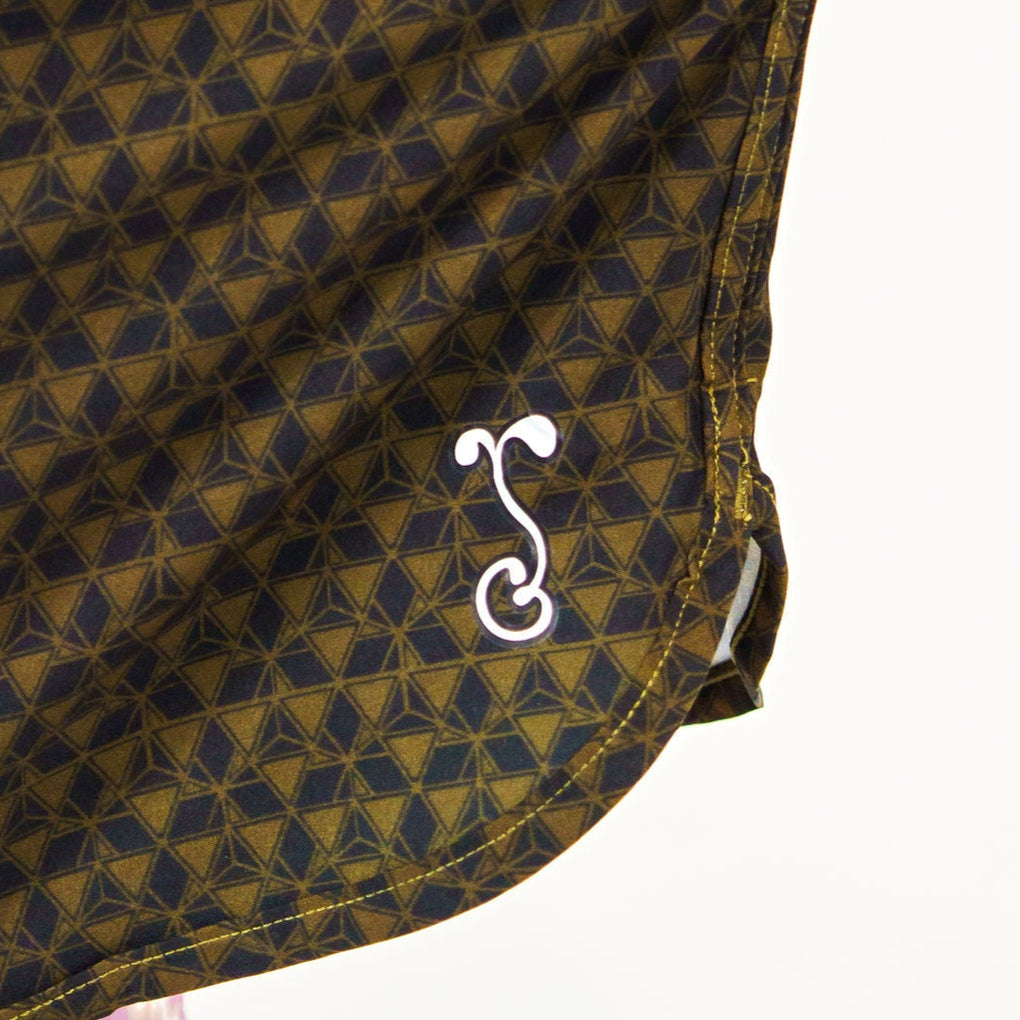It's clear throughout history that fashion has been instrumental in establishing the identity of a generation and cementing political movements. Andrew Bolton of the Costume Institute at the Metropolitan Museum of Art explains that fashion is inherently political because it functions as a reflection of the times. Long trousers, for example, served as a badge of honor for the middle-class sans-culottes during the French Revolution. Meanwhile, women’s office wear was revolutionized during the second wave of feminism in the 70s.
However, one of the biggest and boldest fashion revolutions occurred during the rise of counter-culture. To understand the impact of this fashion style, here’s a brief rundown of its colorful history.
How Did the Counter-Culture Movement Begin?
As its title suggests, the counter-culture movement emerged as a reaction to mainstream culture and societal norms in the early 60s up to the 70s. During this time period, newspapers and television served as the biggest source of information in the US. These media platforms eventually became more fragmented, causing polarized reactions among Americans regarding commercialism, the Vietnam War, as well as societal norms.
Recognizing the dangers of ideas prevalent during the 60s, people started a social revolution to reject the values and beliefs of the older generation. Hippies, one of the largest counter-culture groups in the US, promoted non-violence and love by exposing the ugly side of the war through music. On top of that, they also protested against commercial trends by expressing their individual identity and beliefs through fashion.
The History of Counter-Culture in Fashion
The 60s: Rise of Counter-Culture
The counter-culture movement went against the common practices of older generations, thus putting the spotlight on the youth. Since early ‘60s style was all about casual sophistication, individuals celebrated counter-culture by growing their hair long and styling their clothes in Bohemian fashion. Designers, like Mary Quant, also rejected the structured and tailored style promoted by fashion houses by creating tunic-style dresses, colored tights, and puffed caps. To further celebrate their freedom, Americans dressed down and wore jeans, which were once the uniform of cowboys and farmers.
The 80s: The Aftermath of the Movement
The initial counter-culture movement was said to have ended in the 70s, but its influence continued to live on up to the 80s. People continued to challenge the conservative practices of 1980s America by opting for extreme trends, from punk fashion a la Guns N’ Roses to androgynous and romantic styles like David Bowie.
In this era, people either wore bright clothing with neon colors or went the complete opposite by wearing muted tones that featured classic graphics and prints. Fashion also highlighted the plight of Native American tribes through the introduction of Navajo-inspired patterns, bold earth tones, and geometric prints.
Present: A Possible Rebirth
While its origins may have been half a century ago, the counter-culture movement is back in style. Thanks to the birth of new media platforms, younger generations are using social media to promote a culture of inclusivity within their age groups.
Rather than conforming to typical gender norms, e-boys are piercing their ears and painting their nails. Meanwhile, e-girls are following in the footsteps of musical artist Billie Eilish by covering up and wearing baggy clothing. By perpetuating the idea that it’s cool to go against the grain, today’s youth are bringing back the counter-culture movement through breaking gender norms in clothing and style.
Counter-culture is a powerful movement that teaches the importance of tearing down old barriers. By embracing new and radical ideas, young Americans can create inspiring changes both in society and in fashion.
Exclusive for grassrootscalifornia.com by Kristen Cass



